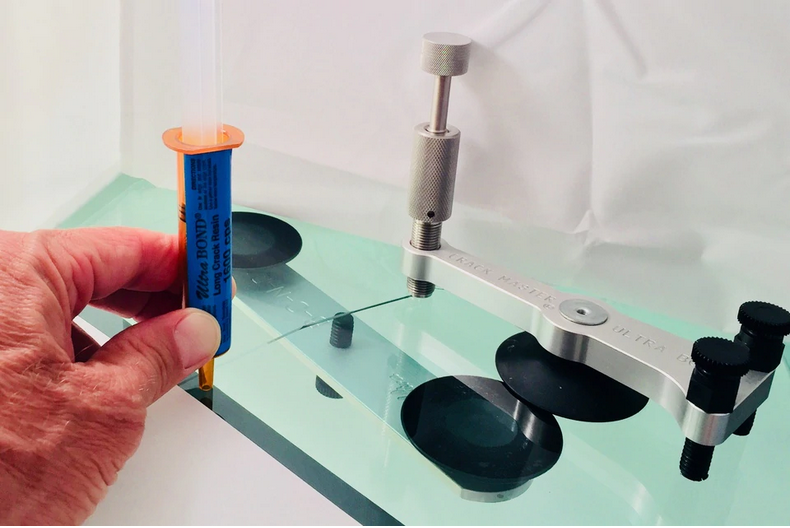Predicting business is a skill every business wishes it had. One issue we face in predicting business in auto glass is we are in a business that is greatly affected by weather.Temperature can affect a stone causing a break when it hits the windshield or just bouncing off and doing nothing and it is temperature that causes a stone-break to crack-out.
Let’s look at three vehicles for predicting auto glass breakage and crack-outs: (1) parking lot studies; (2) business records, which I call the real world; and (3) lab tests, which i will call the crystal ball.
I read a lab test from Europe that was done in 2009 that is making its way around the industry and the Internet that concluded that 50 percent of chips crack within a year, 80 within two years, 90 percent within three years and ten percent never crack. It said that the probability of a stone-break crack-off was 81 percent when the temperature hit 14 degrees Fahrenheit due to glass contraction. At 23 degrees Fahrenheit the probability of crack-off was 70 percent. At 32 degrees Fahrenheit the probability was 59 percent. I would love to show this test to a potential buyer for a windshield repair kit in order to show the demand for windshield repair.
Living in Colorado, I also said to myself, “I can’t wait for winter,” which is the slow season for the auto glass industry, but then I realistically thought that if that study were true this industry would be ten times bigger than it is and I would be repairing more floater cracks than edge cracks and replacing more windshields because of floater cracks versus edge cracks, when just the opposite is true in the real world.





